We’ve learned that breakfast cereals aren’t all that they’re cracked up to be. Not all cereals are created equal; the grams of sugar, carbohydrates, and even serving sizes are deceiving consumers everywhere.
Having that oversized bowl of crunchy goodness isn’t really the best way to enjoy the most important meal of the day, so you better follow these tips to choose a cereal that will maintain breakfast’s credibility. And if your cereal goes stale, we’ve got you covered there too.
Serving Size
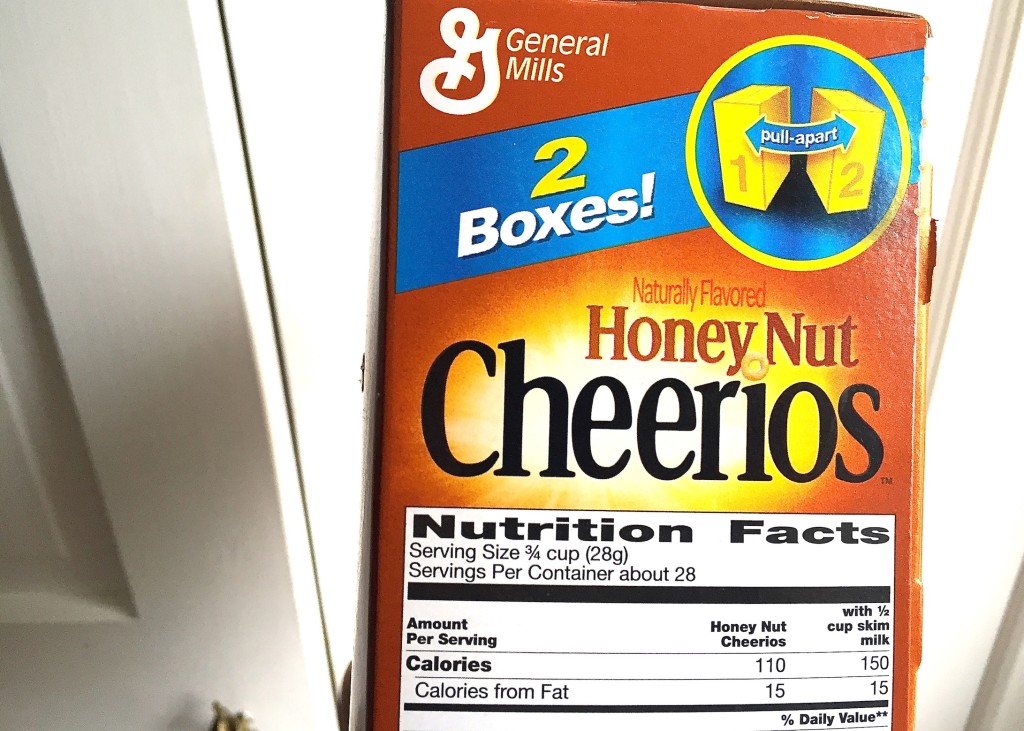
Photo by Dannah Strauss
HOLD THAT SPOON. Turn around the box and look at the serving portion of your cereal. If the serving size is less than 1 cup, it’s likely that the cereal is trying to trick you into thinking you’re eating a healthier breakfast than you actually are. C’mon, I know you don’t use a measuring cup every time you pour yourself a bowl.
Think about it this way — if you follow the rest of the suggestions below, they’ll mean nothing unless they fit the portion size you are consuming. More cereal means more sugar, more calories, more carbohydrates, and more food than the body needs to start the day.
Sugar
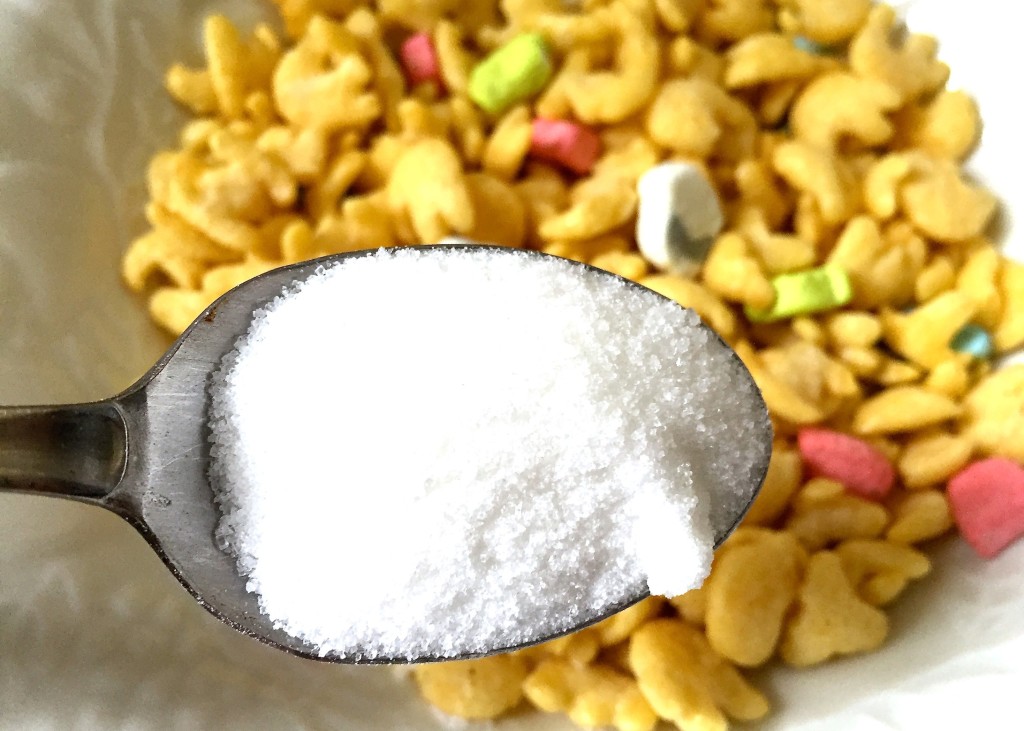
Photo by Dannah Strauss
Sugar tends to be the main culprit when it comes to cereals that are enhancing your gut more than your body’s overall health. The Environmental Working Group’s research demonstrates that 44 of the major cereal brands have more sugar than 3 chips ahoy cookies.
When reading a label, try and look for a cereal with less than 10 grams of sugar per cup of cereal. This can be difficult as you have now learned many cereals’ serving sizes are less than a cup, meaning that even if the cereal says 9 grams of sugar per serving, and one serving is ¾ of a cup, you’re consuming more sugar than 9 grams.
Calories
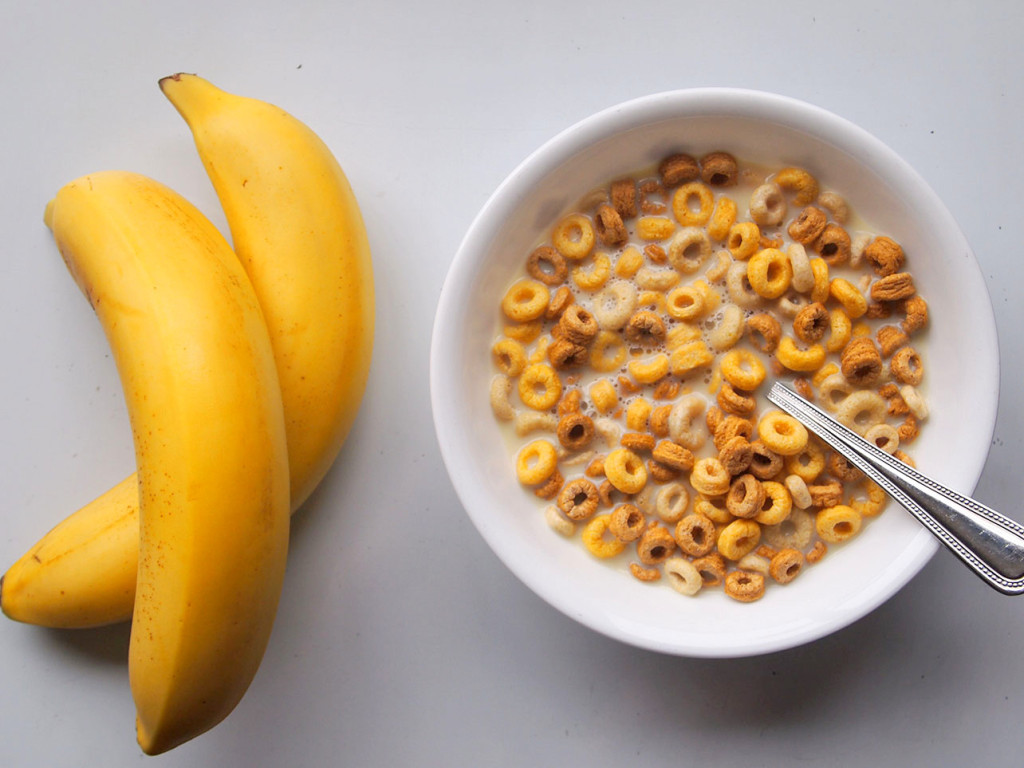
Photo by Laura Lim
Try to aim for a cereal that is 140 calories or under PER CUP. Some cereals have upwards of 200 calories and, again, are less than 1 cup worth. Thus, people tend to over-consume without even realizing it.
If you’re a true cereal lover, it’s likely you’ll add milk/yogurt and some sort of fruit to your cereal, so you definitely want to make sure if you’re going to add calories to your breakfast that it’s from foods that will actually add flavor.
Protein
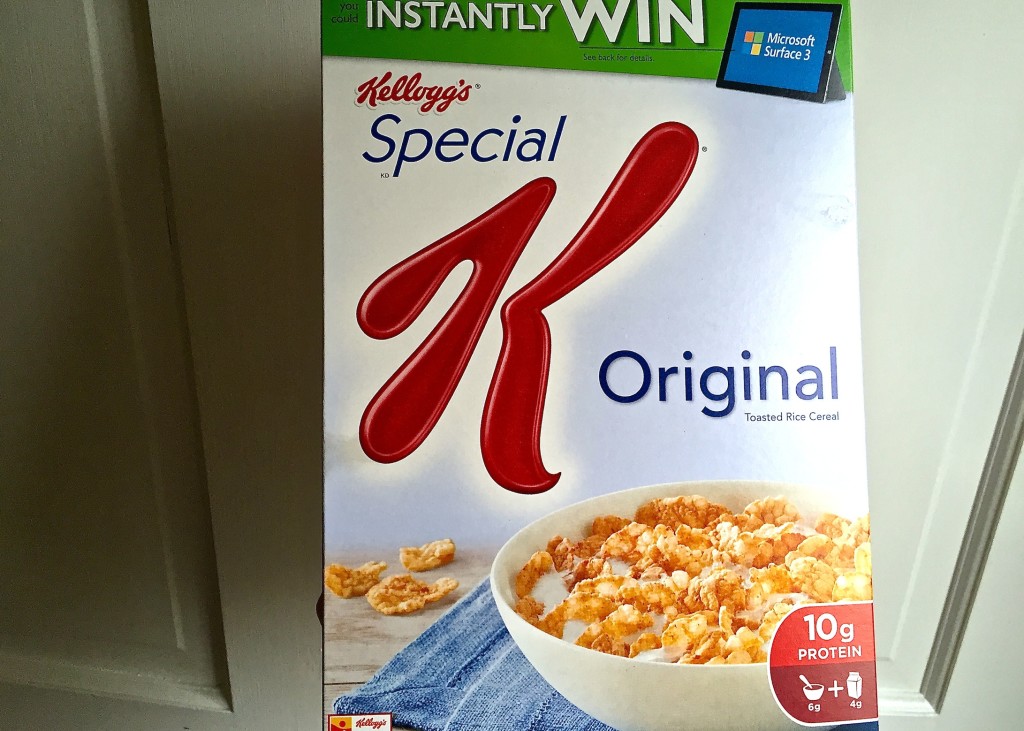
Photo by Dannah Strauss
Protein isn’t super important when choosing a cereal because most types of milk and yogurt add plenty of that to your beautiful bowl, but it’s important to recognize that more protein typically means more calories.
Cereals that have added protein from whey protein or nuts will have added caloric qualities, which isn’t necessarily a bad thing; you just need to make sure the sugar content doesn’t rise along with it. Average cereals should have 4-5 grams of protein.
Fiber
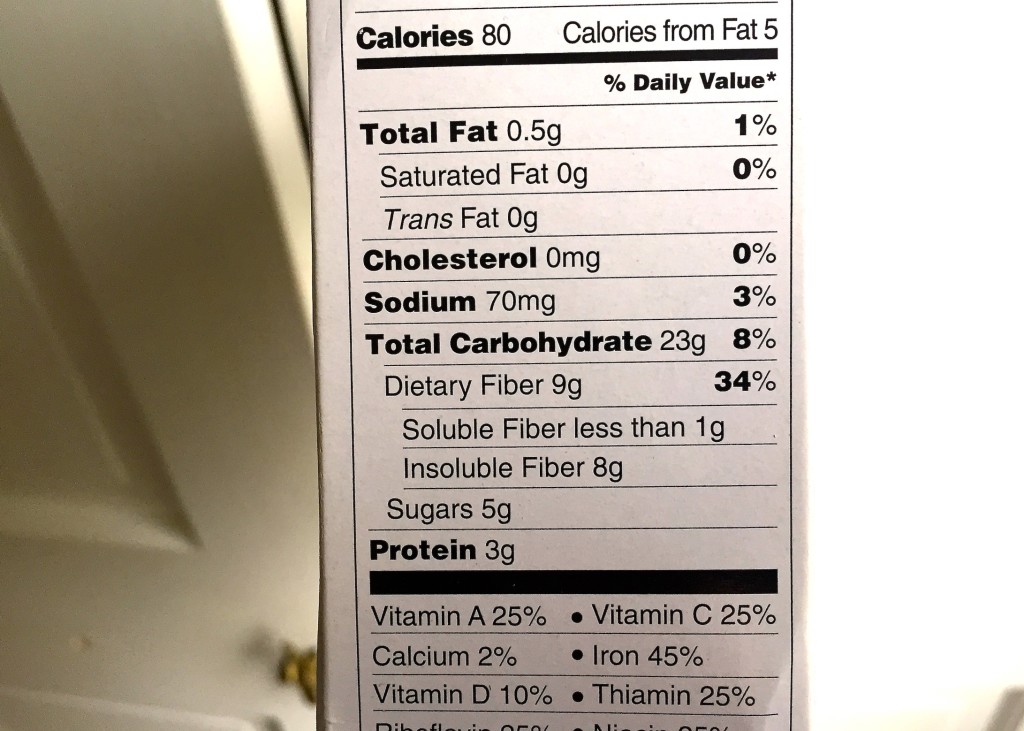
Photo by Dannah Strauss
What better way to begin the day than giving your belly a sweet thank you for all the hard work it does? Fiber helps to regulate the digestive system and keeps you full for a longer amount of time. It’s important that your cereal has a decent amount of fiber to hold you over… Well, until lunch.
High fiber cereals have upwards of 9 grams of fiber, but non-fiber cereals actually don’t have much fiber at all. Try to find one with about 4 grams of fiber to maximize your cereal’s nutritional qualities.
Carbohydrates
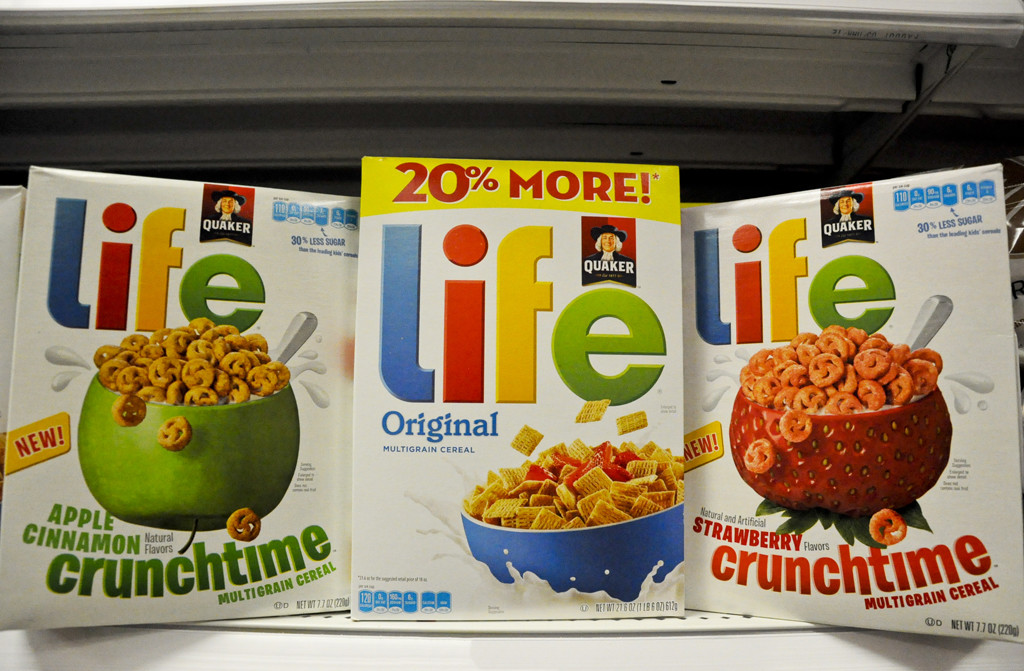
Photo by Hannah Lin
Most people have a fear of the “C” word. The fact is, though, carbs are hella important, especially for people who are extremely active. Fear of carbs is understandable when it comes to simple carbohydrates, which come from sugar products. The more sugar, the more scary carbs.
While checking the label for carbohydrates, it’s normal for cereals to have 23-24 grams of carbohydrates, just be sure to be mindful of what percentage is coming from fiber and what percentage is coming from sugar.
You now have the basic knowledge to make a smarter cereal decision. For some added assistance, you can find cereals you’ll probably enjoy here. If you don’t care about any added calories and love your cereal anyway, turn it into a cone for your yogurt or ice cream with this recipe.


